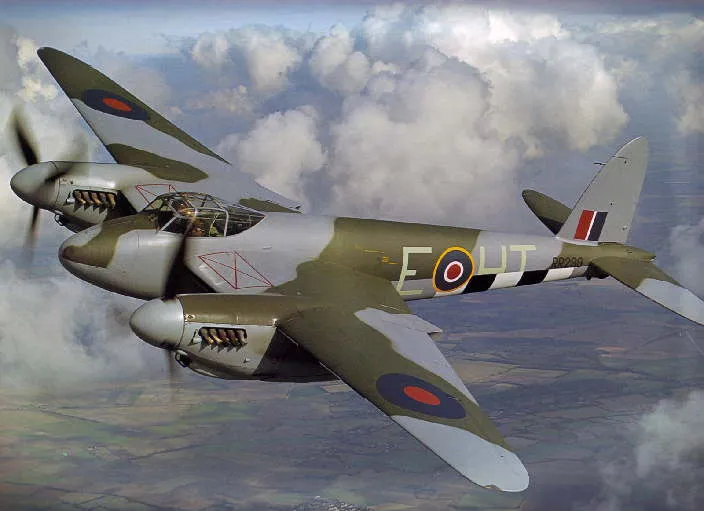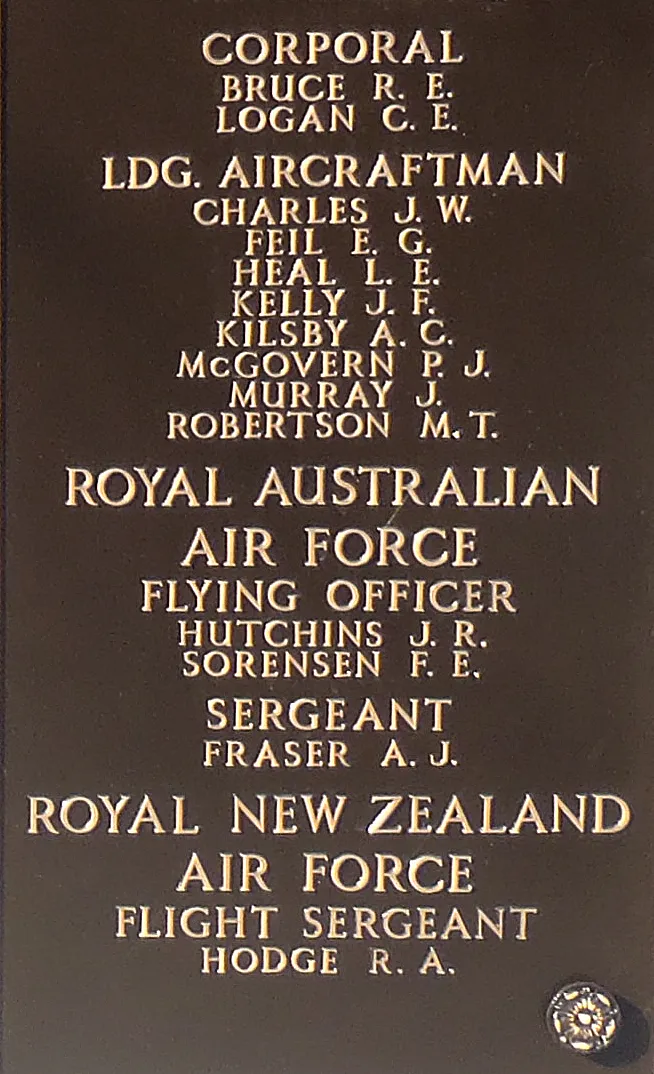Breck, Sigmund (Sub Lieutenant)
Killed in Flying Accident 1944-12-10


Birth Date: unkown date
Born:
Home:
Enlistment:
Enlistment Date: Unknown
Service
RNorAF
Unit
45 Group (RAF)
Base
RCAF Stn. Dorval, Quebec
Rank
Sub Lieutenant
Position
Sub Lieutenant
Service Numbers
Mosquito B.Mk. 25 KB536
Ferry Flight 1944-December-10 to 1944-December-10
45 (T) Group (RAF) Dorval, Quebec
45 Group RAF Transport Command, Dorval Quebec. Canadian-built Mosquito aircraft KB 536 took off from RCAF Station Summerside, PEI for a ferry flight to the UK under conditions of low visibility. The aircraft was heard from shortly after take off and then no further contact before it crashed into Bedeque Bay, PEI. Subsequent searches located wreckage of the aircraft in shallow water about 12 miles south of Summerside, and a quarter of a mile off shore from Sea Cow Head
Pilot Sub/Lt S Breck (RNAF) and Wireless Operator/Navigator FE Sorensen (RAAF) were missing, presumed killed in this flying accident
The missing have no known grave and both are commemorated on the Ottawa Memorial
Oil cooler problems on Canadian-built Mosquitos being flown in colder weather resulting in several crashes of these aircraft while being ferried. This became a serious issue for 45 Group, such that after the loss of KB 536, Mosquitos were ferried via the Southern Route, across the Atlantic from Nata, Brazil to Dakar, Senegal and then North to Britain until it was determined how to deal with cold weather operations
Ocean Bridge, The History of RAF Ferry Command by Carl A Christie pages 226, 325de Havilland Mosquito

The de Havilland DH.98 Mosquito was a British twin-engine shoulder-winged multi-role combat aircraft, introduced during the Second World War. It was one of few operational front-line aircraft of the era whose frame was constructed almost entirely of wood. Nicknamed The Wooden Wonder, it was affectionately as the "Mossie" to its crews. The total number of DH98 Mosquito aircraft built was 7,781, the type serving with the main Allied air forces, including both the United States and Russia.
When Mosquito production began in 1941 it was the fastest propeller driven operational aircraft in the world. The first variant was an unarmed, high-speed, high-altitude photo-reconnaissance aircraft. Originally conceived as an unarmed fast bomber, the Mosquito's use evolved during the war into many roles including low to medium-altitude daytime tactical bomber, high-altitude night bomber, pathfinder, day or night fighter, fighter-bomber, intruder, and maritime strike aircraft. It was also used by the British Overseas Airways Corporation (BOAC) as a fast transport to carry small high-value cargoes to, and from, neutral countries, through enemy-controlled airspace. The crew of two, pilot and navigator, sat side by side, but a single passenger could ride in the aircraft's bomb bay when necessary.
The Mosquito FB Mk. VI was often flown in special raids, such as Operation Jericho, an attack on Amiens Prison in early 1944, and precision attacks against military intelligence, security and police facilities (such as Gestapo headquarters). On the 10th anniversary of the Nazi' seizure of power in 1943, a morning Mosquito attack knocked out the main Berlin broadcasting station while Hermann Goering was speaking, putting his speech off the air. Goering later said: "It makes me furious when I see the Mosquito. I turn green and yellow with envy. There is nothing the British do not have. They have the geniuses and we have the nincompoops."
The Mosquito flew with the RCAF and other air forces in the European, Mediterranean and Italian theatres. After the end of the Second World War Spartan Air Services flew 10 ex-RAF Mosquitoes, mostly B.35's plus one of only six PR.35's built, for high-altitude photographic survey work in Canada. There are approximately 30 non-flying Mosquitos around the world with five airworthy examples, four in the United States, and one in Canada. Harold Skaarup web page and Wikipedia
 BAE Systems (formerly De Havilland)
BAE Systems (formerly De Havilland)
 Personell Little Norway 1940-1945
Personell Little Norway 1940-1945

 Mosquito
Mosquito Wikipedia Mosquito
Wikipedia Mosquito USAAF F-8 Mosquito Serial Numbers
USAAF F-8 Mosquito Serial Numbers Mosquitos shipped to Taiwanese Airforce
Mosquitos shipped to Taiwanese Airforce